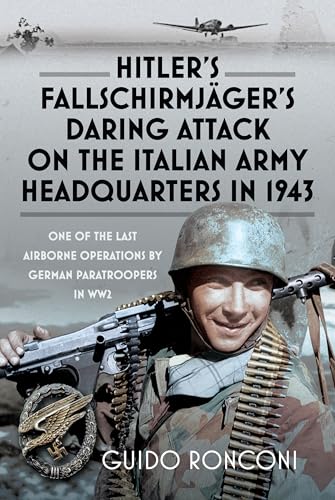Luftwaffe Books
Showing 20 of 312 books!
Page 1 of 16
About Luftwaffe
The Luftwaffe was the aerial warfare branch of Nazi Germany's military and one of the most formidable air forces in the early years of World War II. Officially established in 1935 under the leadership of Hermann Göring, the Luftwaffe was part of Germany’s broader rearmament strategy, violating the Treaty of Versailles. During the initial phases of WWII, the Luftwaffe demonstrated overwhelming strength, particularly in the invasions of Poland, France, and the Low Countries, where it provided essential support to the fast-moving blitzkrieg tactics of the Wehrmacht. It achieved early dominance through innovative tactics, experienced pilots, and advanced aircraft like the Messerschmitt Bf 109 and the Junkers Ju 87 Stuka dive bomber. However, its limitations became apparent during the Battle of Britain in 1940, where the Royal Air Force successfully repelled sustained bombing campaigns. As the war progressed, the Luftwaffe faced increasing challenges, including aircraft shortages, fuel constraints, and the loss of experienced pilots. Despite developing jet aircraft like the Me 262—the world’s first operational jet fighter—it was unable to reverse the course of the war. The Luftwaffe also played a role in strategic bombings and supported German forces on the Eastern Front, though often stretched thin. By the end of WWII, it was largely grounded and ineffective. The Luftwaffe was dissolved after the war and later succeeded by the modern German Air Force (Bundesluftwaffe) in West Germany. Its legacy is complex: it combined groundbreaking technological advances and tactical innovation with complicity in Nazi aggression and wartime atrocities.



















